How the drive for net zero has sparked a boom in the sales — and prices — of Scottish Highland estates
Highland mists are increasingly full of buyers, but they're not likely to be individuals with big dreams and deep pockets — instead, as Penny Churchill discovers, they are institutions hoping to do their bit for the environment.
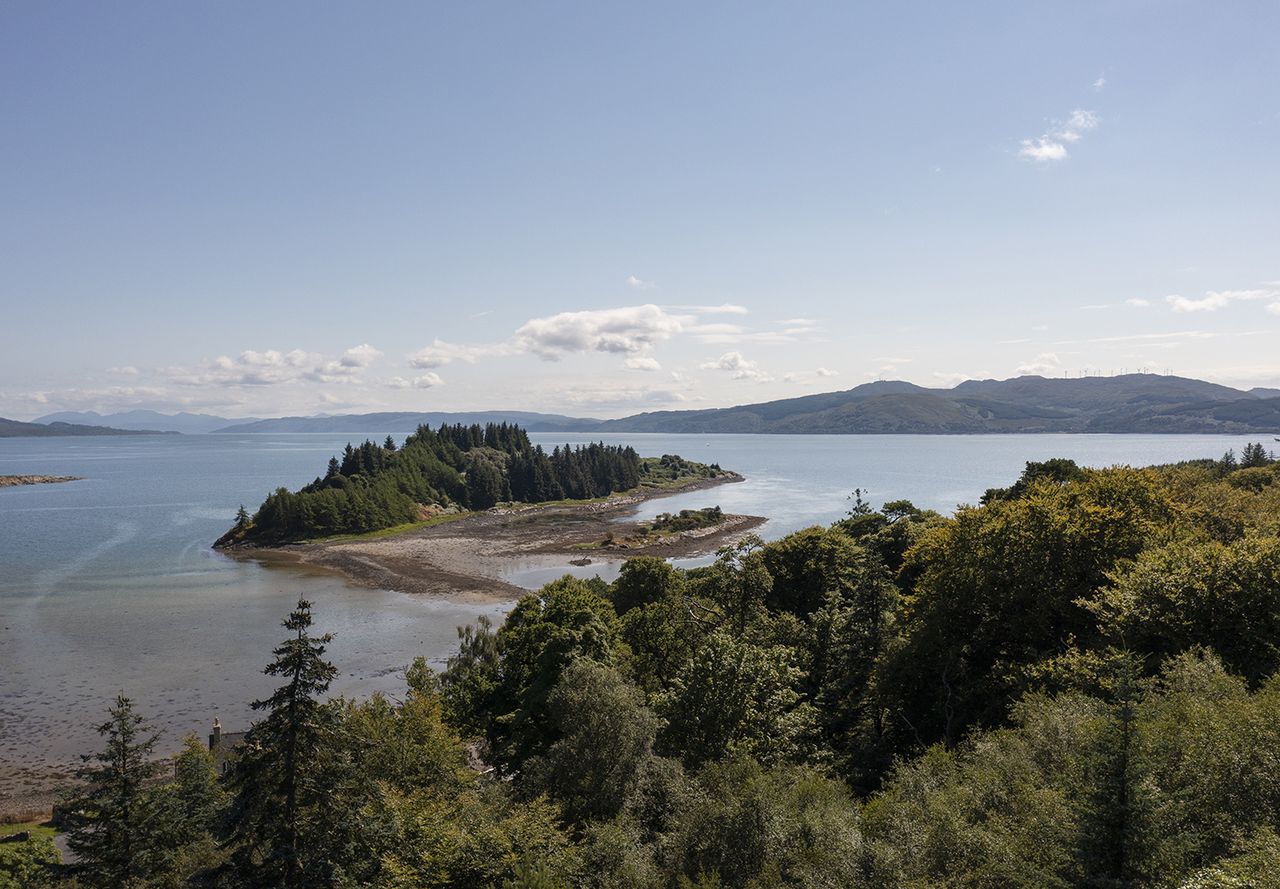

Coming hard on the heels of a hectic trading year in 2020, the market for traditional Scottish castles and estates was ‘fast and furious’ in 2021 — notably in the Highlands, where land values increased significantly year-on-year, says Tom Stewart-Moore of Knight Frank in Edinburgh. With more buyers than sellers, he expects the market for Scottish estates to remain equally buoyant in 2022.
Highlights of Knight Frank’s year include the sale of the picturesque Castleton estate overlooking Loch Fyne, Argyll, on Scotland’s wild west coast, for which ‘offers over £1.95 million’ were sought at its launch onto the market in August 2021. Currently under offer, completion takes place on January 24.
At the heart of the 68-acre estate, once part of Shirvan lands owned by the Graham-Campbell family, stands Category C-listed Castleton House, an imposing nine-bedroom country house built in about 1830, with a two- storey wing of 1875 and a Scots-Baronial wing added in 2000.
The idyll that is Castleton is completed by its own 23-acre island, Eilean Mor — accessible on foot at low tide or via a short boat ride from the slipway — which comes with rare planning consent for a one-bedroom stone and slate house, the foundations for which were laid in 2015.
Another private residential estate with loch frontage is the 66-acre Camusericht Lodge estate on Loch Rannoch, near Pitlochry, Perthshire, which came to the market in March 2021 for ‘offers over £1.5m’ through Knight Frank and saw a sale completed in November. Historically part of the Clan Menzies estate in Rannoch until 1911, it comprises a well-modernised Victorian lodge, coach house, cottage, range of excellent outbuildings and a helipad, the whole set in formal gardens and surrounded by pasture and woodland, with nearly 5,000ft of foreshore to Loch Rannoch.
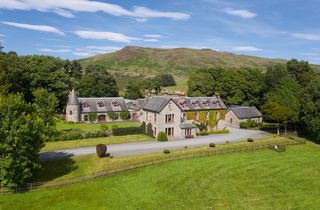
Reflecting the recent surge in demand from well-funded institutions for large tracts of land with potential for woodland development and carbon capture is the 8,710-acre Pennyghael estate on the Isle of Mull, which came to the market in March with ‘offers over £5m’ sought by Knight Frank and the Estates Office Argyll. A quick closing date was set for July 21 last year; completion is scheduled for March this year.
Described by the agents as ‘an outstanding coastal, residential, sporting and amenity estate’, historic Pennyghael is located in the south-west of Mull, with frontage to Loch Scridain in the north and the Firth of Lorne to the south.
Sign up for the Country Life Newsletter
Exquisite houses, the beauty of Nature, and how to get the most from your life, straight to your inbox.
At its core stands the Grade C-listed former principal lodge, originally built in 1819 and extended in 1920; although now derelict, it could be sympathetically restored or replaced by a new estate house, subject to planning. Pennyghael offered a multitude of opportunities to buyers, from sporting, farming and eco-tourism to woodland creation, rewilding and the development of natural capital.
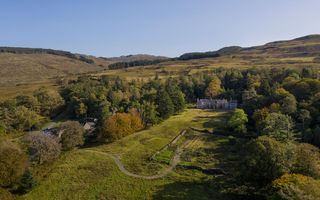
According to Evelyn Channing, who heads up Savills’s farming and estates operation in Scotland, ‘what we are now seeing is a small, active and growing pool of very well-financed investment funds, institutions and individuals in the market for large land holdings on which to carry out their own woodland creation and peatland restoration projects — in recognition of the role that land is going to play in combatting climate change’.
She continues: ‘Following on from the private sale in 2020 of the 7,400-acre Urlar estate, comprising two grouse moors at Aberfeldy, Perthshire, to an institution — not for its grouse shooting, but for its natural- capital potential — we have seen some extraordinarily high prices paid for Highland estates in the past six months.
The rate of change in values as a result of unprecedented demand — partly driven by the scarcity of opportunities available — has caught us all by surprise, and although the prices paid for many of these estates are not yet in the public domain, once they are known, we would expect more estate owners to come to the market.’
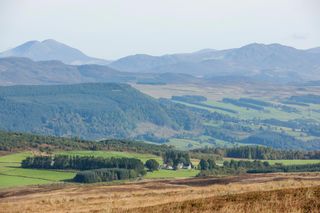
Among the notable sales of estates concluded in 2021 (estimated at 22 in all, compared with 21 in 2020), Mrs Channing cites the purchase of the 3,500-acre Ralia estate, near Kingussie, Strathspey, which was bought by Standard Life for woodland-creation and carbon-offsetting purposes, and the recent acquisition by Aviva Investors and Par Equity, the Scotland-based forestry investment fund manager, of 6,300 hectares (15,568 acres) of moorland in the Glen Dye area of West Aberdeenshire, with the aim of delivering a significant woodland creation and peatland restoration scheme, designed to capture more than 1.4 million tons of carbon by 2055.
Rob McCulloch of Strutt & Parker acknowledges the importance of the international drive towards net zero and the need for business and industry to forge their own route to carbon neutrality, which resulted in Scottish estate prices reaching £20m, £30m and more in 2021. He also highlights the lifestyle changes caused by Covid, which have resulted in ‘a huge upswing in demand for property throughout the more peripheral parts of the UK — and Scotland in particular. In the Scottish-estates sector, this saw 40% of estate sales achieved in 2021 being residential estates — an increase of 10% on the previous year’.
Reflecting the broad spectrum of buyers seeking to buy north of the Border, Strutt & Parker offered the tranquil, 1,593-acre Ardhuncart residential, farming and sporting estate in the Don valley, on the Highland fringe of Aberdeen, for sale for the first time since 1952, at ‘offers over £5.645m’ with a closing date of September 7, 2021.
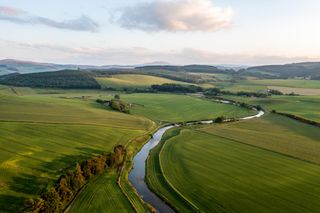
The estate is now under offer, with an early completion in prospect.
Patience paid off in the case of the scenic, 563-acre Cairnty estate on the banks of the River Spey at Fochabers in Morayshire, for which Strutt & Parker sought ‘offers over £2.65m’ when the estate was first launched in the autumn of 2019. Its focal point was an impressive Georgian-style house designed by the owner with family, sport and entertainment in mind.
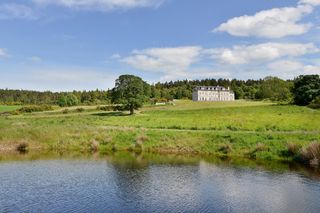
The estate offered excellent pheasant shooting, roe-deer stalking and trout fishing, in addition to farming, forestry and residential opportunities. A buyer emerged from the mist in 2021 — a trend that shows no sign of abating in 2022, says Mr McCulloch.
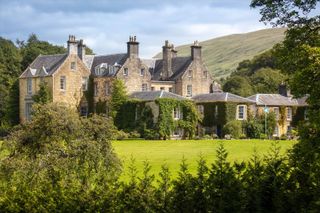
Spectacular Scottish castles and estates for sale
A look at the finest castles, country houses and estates for sale in Scotland today.
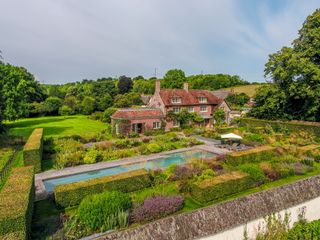
Credit: Strutt and Parker
Best country houses for sale this week
An irresistible West Country cottage and a magnificent Cumbrian country house make our pick of the finest country houses for
-
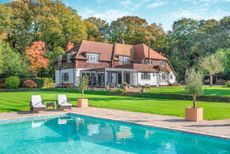 A well-connected rural playground with 23 acres on the edge of the South Downs National Park
A well-connected rural playground with 23 acres on the edge of the South Downs National ParkOld House Farm is an impressive family home with a wealth of amenities that would inspire any rural passion.
By Arabella Youens Published
-
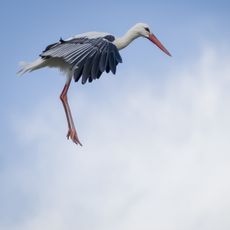 The UK gets its first ‘European stork village’ — and it's in West Sussex
The UK gets its first ‘European stork village’ — and it's in West SussexAlthough the mortality rate among white storks can be up to 90%, the future looks rosy for breeding pairs in southern England.
By Rosie Paterson Published
-
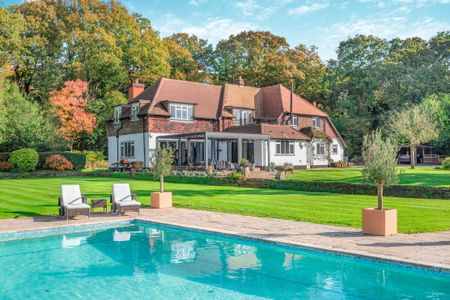 A well-connected rural playground with 23 acres on the edge of the South Downs National Park
A well-connected rural playground with 23 acres on the edge of the South Downs National ParkOld House Farm is an impressive family home with a wealth of amenities that would inspire any rural passion.
By Arabella Youens Published
-
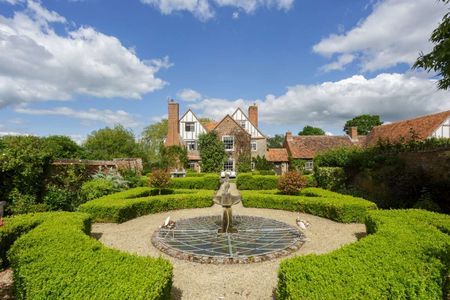 18 magnificent homes for sale from £550k to £20 million, as seen in Country Life
18 magnificent homes for sale from £550k to £20 million, as seen in Country LifeFrom a charming thatched cottage to a 300-acre estate with its own vineyard, here's our pick of places to come to the market via Country Life of late.
By Toby Keel Published
-
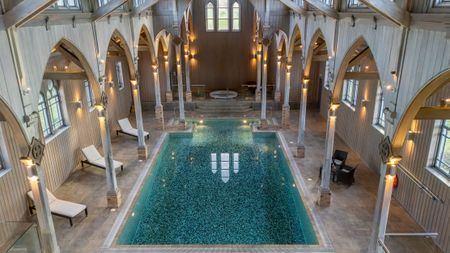 If heaven is on earth, it might be in this home with a converted chapel that is now a swimming pool
If heaven is on earth, it might be in this home with a converted chapel that is now a swimming pool5 Wood Barton Town House is part of an exclusive 80-acre development in Devon that also comes with fishing rights on the River Avon and four bedrooms.
By James Fisher Published
-
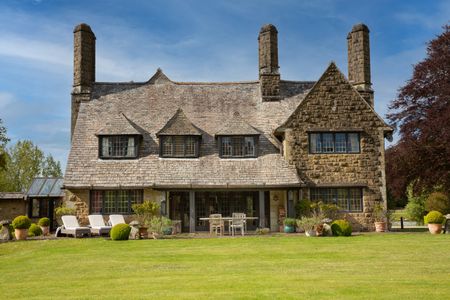 The sounds of spring and stained glass in an Arts-and-Crafts masterpiece in Dorset
The sounds of spring and stained glass in an Arts-and-Crafts masterpiece in DorsetWith 35 acres, more than 10 bedrooms, a swimming pool and tennis court, Winterfield has it all.
By James Fisher Published
-
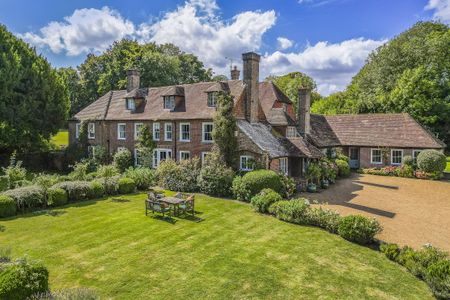 An eight-bedroom wonder in East Sussex where the outdoors are an adventure
An eight-bedroom wonder in East Sussex where the outdoors are an adventureThe interiors of Old Middleton are pretty good too.
By Arabella Youens Published
-
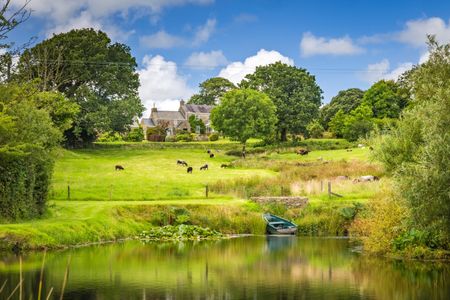 A lakeside farmhouse on the market in the beautiful heart of Pembrokeshire
A lakeside farmhouse on the market in the beautiful heart of PembrokeshireA lake, streams, 15 acres and five bedrooms. Rogershook might have it all.
By James Fisher Published
-
 An idyllic countryside home that's light, spacious and comes with a Grade II-listed folly
An idyllic countryside home that's light, spacious and comes with a Grade II-listed follyHagg House is a gorgeous family home that just happens to have a miniature castle in the gardens. Annabel Dixon explains more.
By Annabel Dixon Published
-
 A historic villa for sale on the Via Nomentana worthy of Rome's rich history
A historic villa for sale on the Via Nomentana worthy of Rome's rich historyThree floors, lots of balconies, and a private garden in one of Rome's loveliest neighbourhoods.
By James Fisher Published

